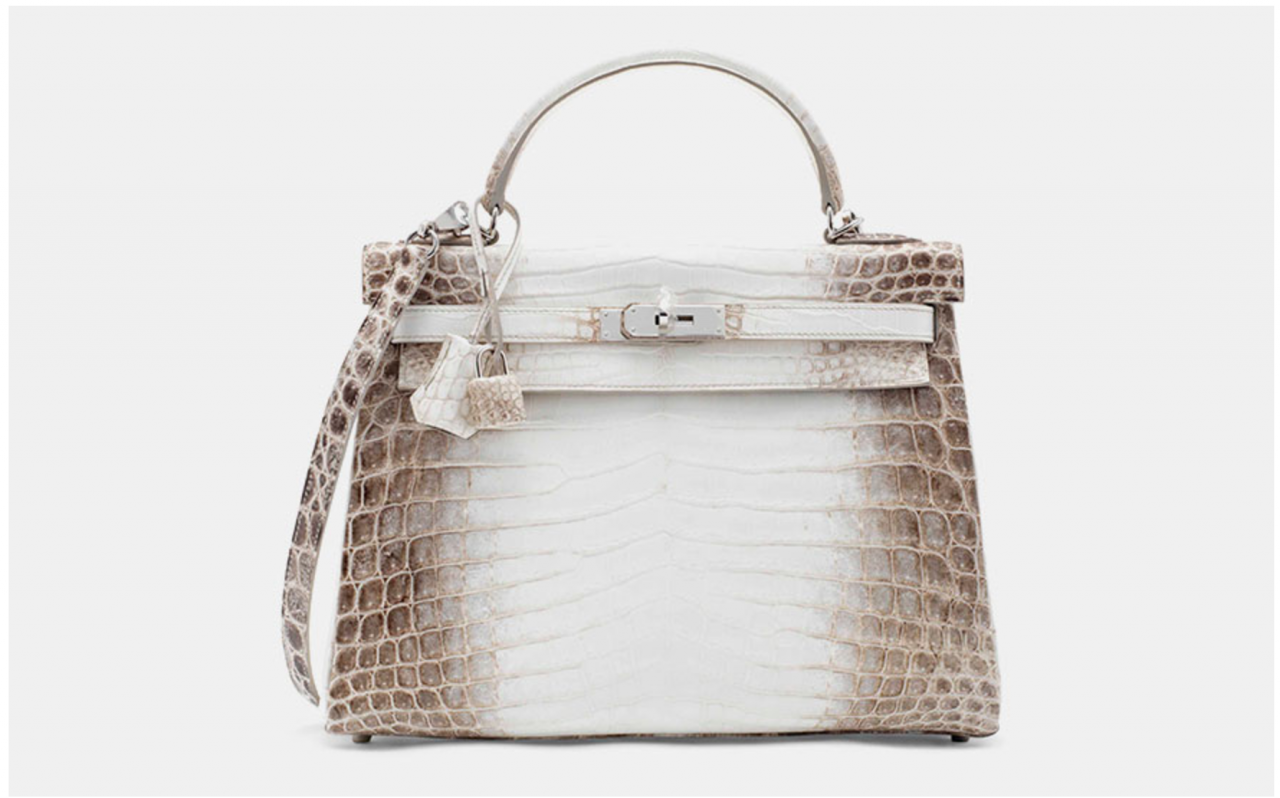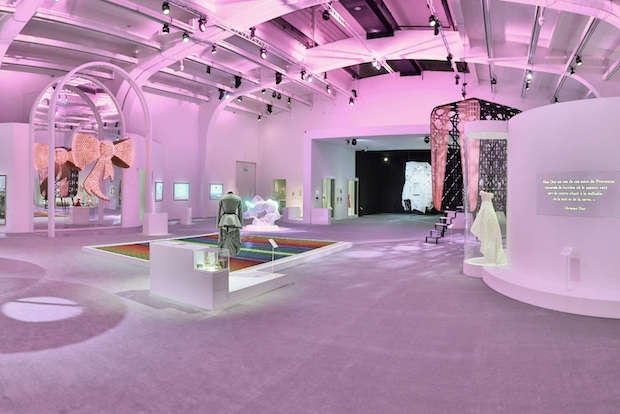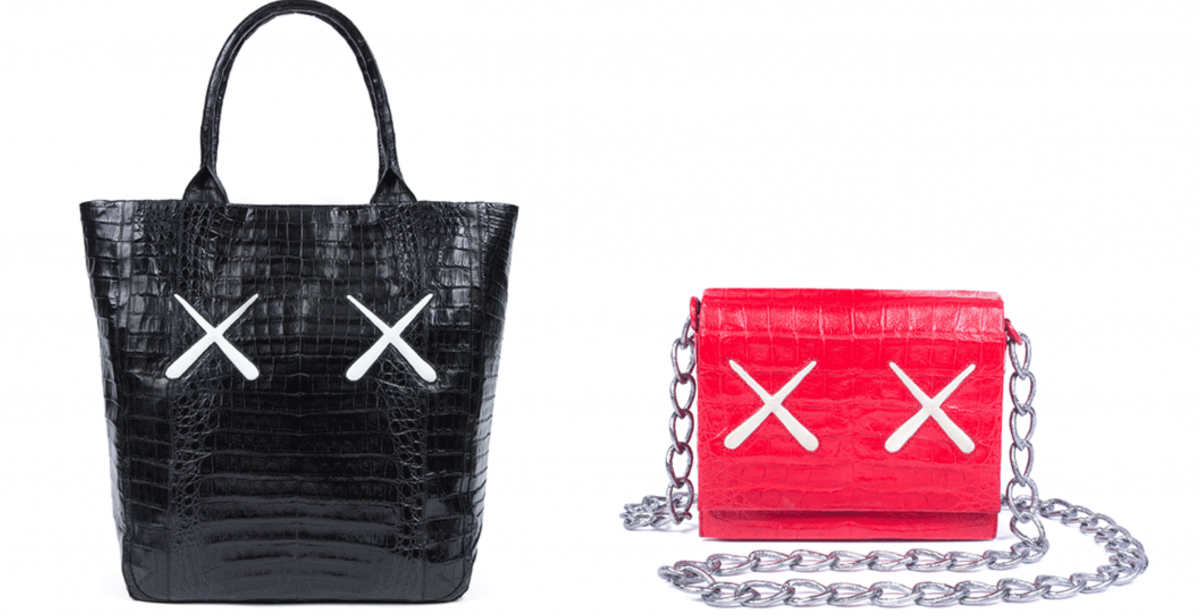The line between luxury and art is blurring across the world, but it’s doing so especially quickly in China.
As the ultimate luxury item, art has been a way through sponsorship and collaborations to reach customers on a higher level than can be achieved in a retail setting.
More recently, the art and luxury markets have witnessed a major shift from the traditional auction houses and brick and mortar stores to online art sales. The online art and luxury markets have been continually growing as they employ digital activations and technological advancements, such as artificial intelligence and virtual reality, to reach new audiences who seek new ways to purchase luxury goods.
This emerging audience, “art-lennials,” purchase art through the same digital means as they purchase luxury goods. Given that the “art-lennials” have been raised in a largely digital era, online sales and big data have become the new strategy for art and luxury purveyors to connect and better pair up sellers and buyers. Now that brands are able to gather data on art and luxury purchasers through targeted analytics, they are getting a better sense of what luxury consumers are looking for when making purchasing decisions.
Sotheby's, in particular, has successfully employed digital marketing efforts to woo in a new collector class and has been partnering with influencers and pop personalities in an effort to draw in a younger demographic through social media. In October 2016, Sotheby's joined forces with K-Pop star T.O.P to curate a special sale of contemporary art in Hong Kong. T.O.P has over 8 million followers on Instagram, many of them are art-lennials. More recently, for its September 2017 Contemporary Curated auction in New York, Sotheby's worked with Marie Claire creative director and Project Runway judge, Nina Garcia, in selecting a diverse group of works sparking dialogue between the art and fashion worlds to engage new audiences and heightening the awareness for the auction house.
With the rising power of Chinese art and culture markets, the presence of Chinese consumers in the “art-lennials” population and how their consumption habits can potentially shape the bigger picture is worth brands’ attention. With the launch of Toplife and Luxury Pavilion, from two major Chinese e-commerce sites – JD.com and Tmall, luxury is receiving heightened attention in the Chinese e-commerce market. Will fine art now find itself being sold on JD’s Toplife and Tmall’s Luxury Pavilion?
Art Market Embracing Digitalization#
Recently, the art market has witnessed a growing shift from traditional auction houses to online art sales, as the online art market continuously grows against the slowly-increasing global art market. In 2016, the online art market was reported to grow by 15 percent from the previous year, to 3.75 billion. The online global art market is comprised of five top online art platforms: Christie’s, Sotheby’s, Artsy, 1stdibs and Artnet.
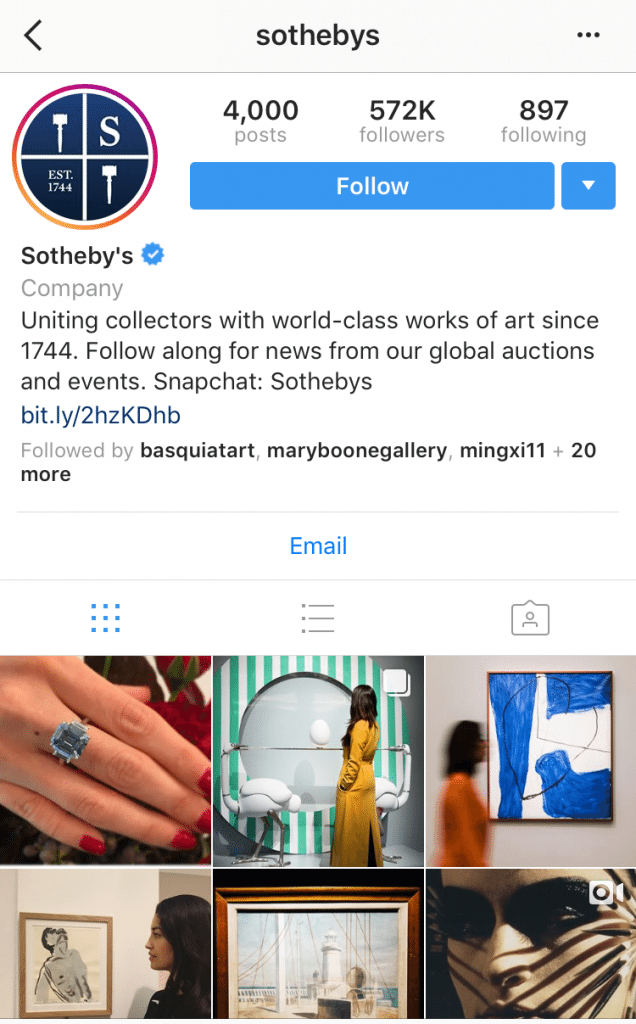
Sotheby’s and Christie’s are starting to dominate the online art market and are meeting the challenge of transforming a brick-and-mortar business into a multimedia business. Online-only auctions saw a particularly strong increase at Christie’s, with an 84 percent jump in sales. Sotheby’s has been investing heavily in its video content and has seen its Instagram following grow by 102 percent between March 2016 and March 2017, and currently has more than 570,000 followers. The use of Instagram among auction house experts is proving to be an effective communications tool, and potentially influences decisions among new and existing buyers, as well as sellers.
Artnet’s Ambition in the Chinese Market#
With the launch of the beta version of its new WeChat Mini Program earlier this month, Artnet officially became the first online art market brand to have a Mini Program on WeChat. As one of the leading forces in the online art market, Artnet’s move towards a stronger presence on WeChat is significant in many respects.
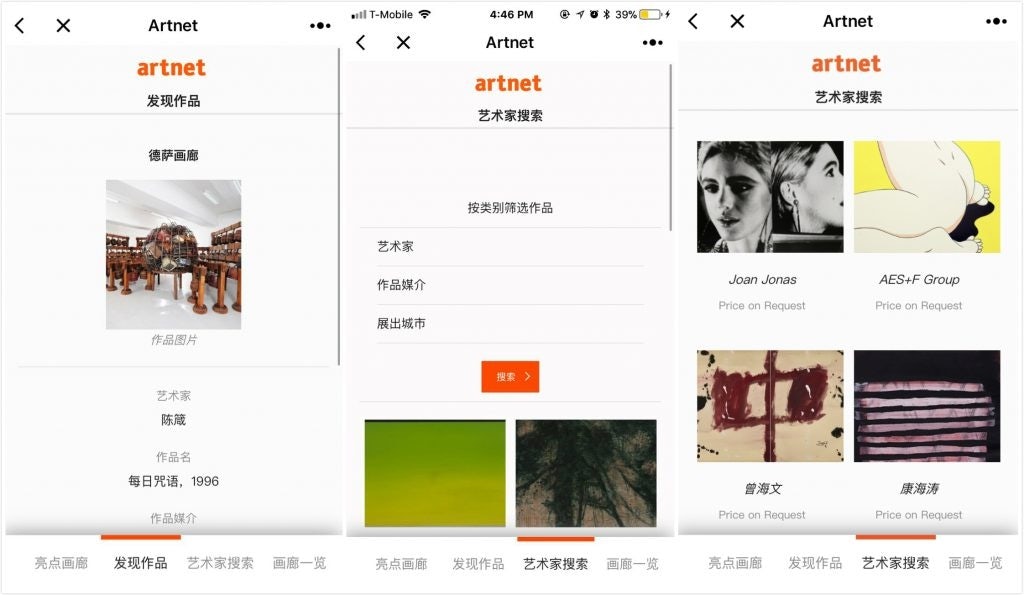
Artnet’s move to WeChat in particular, demonstrates Artnet’s ambition to cater to Chinese luxury audiences. The introduction of the new mini program further advances Artnet’s goals to serve the Chinese market, by featuring a directory of featured galleries, artwork highlights, search functionalities, artwork discovery through GPS maps, and allowing direct communication with galleries. According to Artnet CEO Jacob Pabst, “Web content is almost entirely consumed via mobile devices and apps in China. WeChat is the undisputed leader in the field and best option to expand into the Chinese market.”
Given the increasing interest in art among rich Chinese consumers, the close partnership between luxury and art is likely to foster a new trend of art and luxury consumption in the Chinese market. Now that the wealthy Chinese are embracing art as the new status symbol, art is becoming the next category of luxury. At this critical stage of art and luxury coming together, online platforms and companies like Artnet will serve as the best guide for new groups of consumers to foster their understanding of both art and luxury.
